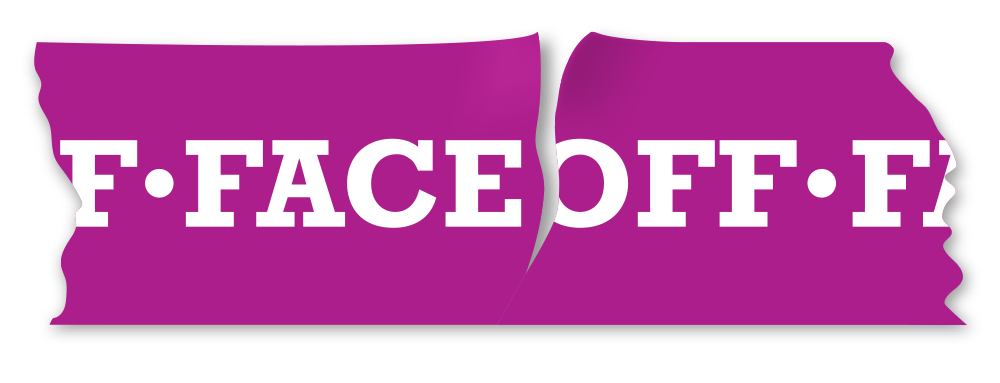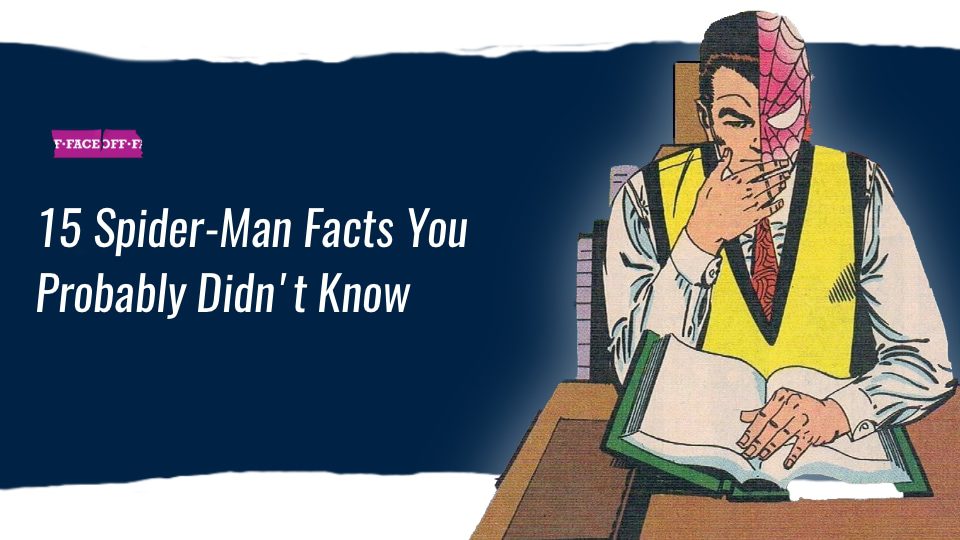Everyone knows and loves Spider-Man, but there is so much more to him than meets the eye! From his origin story to some of his lesser-known superpowers, this article will dive deep into the fascinating world of Peter Parker and explore the top 10 Spider-Man facts about you might not have known.
1. Spider-man was the first superhero who didn’t have any formal training
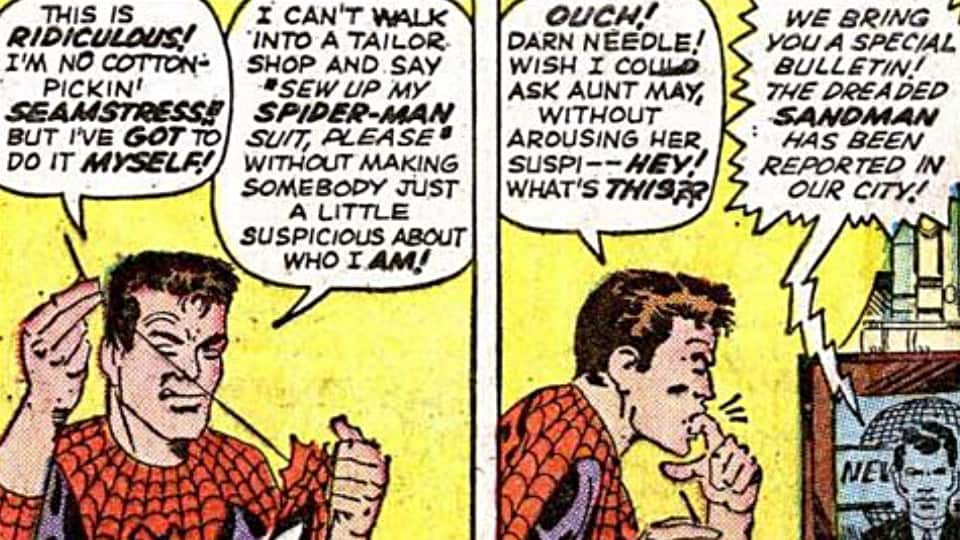
Unlike other superheroes who had formal training, Peter Parker was a self-taught superhero. He had to learn how to use his powers and develop his skills through trial and error.
Peter would often spend hours practicing and experimenting with his powers, such as practicing his web-slinging and building his own web shooters. He also spent time analyzing his spider abilities, such as his strength, speed, agility, and spider-sense, and how to use them in combat.
He also studied various forms of hand-to-hand combat, reading books and watching videos on acrobatics, gymnastics, and martial arts to improve his fighting skills.
Peter also used his scientific knowledge, acquired as a high school student, to improve his webshooters and other gadgets he used as Spider-Man.
2. Spider-man and his amazing friends was the first animated series to feature spider-man as a main character
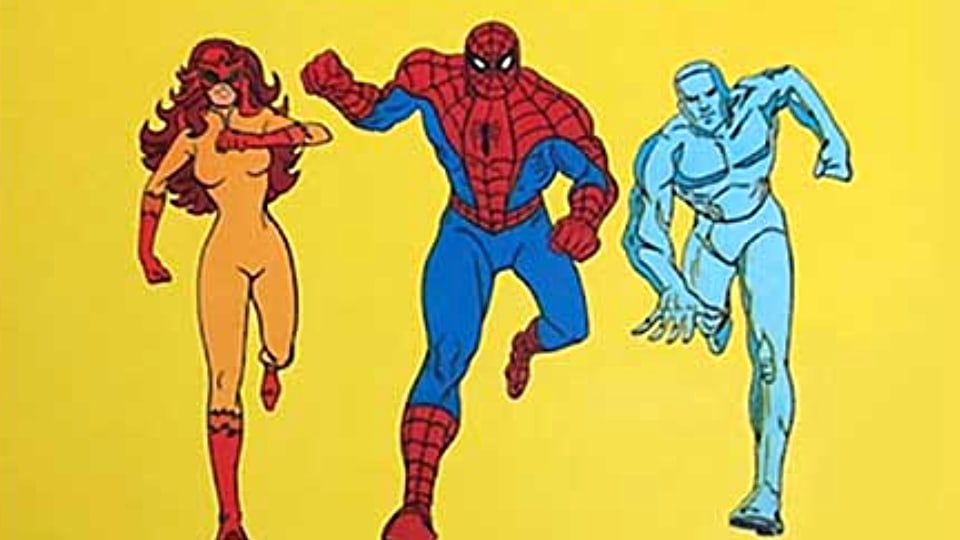
One fact you probably didn’t know about the series is that it featured a rotating cast of guest stars from the Marvel universe, including characters such as Captain America, Iceman, and Iron Man, making it one of the first animated series to feature a shared Marvel universe.
Another fun Spider-Man fact about the series is that it introduced the character of Firestar, a mutant superhero who joined Spider-Man and Iceman as a member of the “Spider-Friends.” Firestar was created specifically for the series and was the first female superhero to be a regular character in an animated Marvel series.
3. Spider-man’s logo has undergone several changes
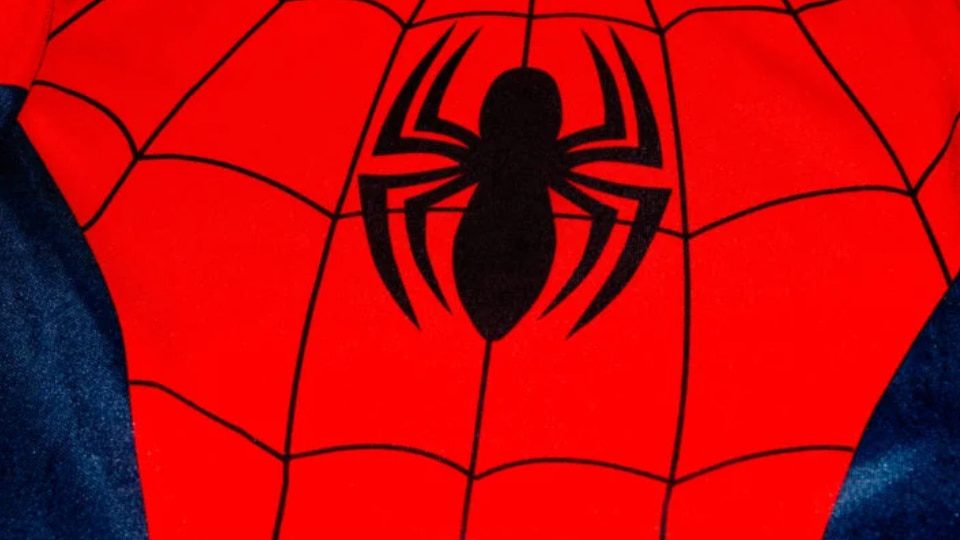
The original design, created by Steve Ditko, featured a simple, stylized spider with a round body and long legs. In the early comics, the logo was often seen on Spider-Man’s chest and on the cover of the comics. It was also featured on his web-shooters and on his mask.
Throughout the years, the logo has undergone several redesigns, with some versions featuring a more realistic spider, others featuring a more stylized spider, and some featuring a spider with different body shapes.
In some comics, the spider logo was also used as a symbol of Spider-Man’s power and influence. For example, criminals would sometimes leave the spider logo behind as a warning to other criminals not to mess with Spider-Man.
4. Spider-Man’s original costume was going to be a bright red and yellow
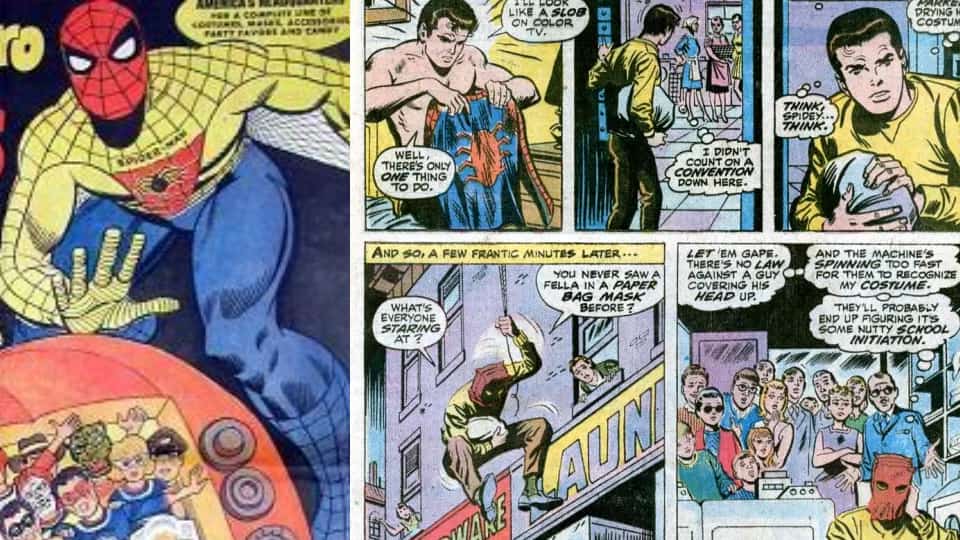
In the early stages of creating Spider-Man, writer Stan Lee and artist Steve Ditko had a different visions for the character’s costume. The original design for Spider-Man’s suit was going to be a bright red and yellow, with a large black spider symbol on the chest. However, Steve Ditko felt that the red and yellow colors were too bright and garish, and suggested that they be changed to the more subdued red and blue colors we know today. Ditko also proposed a smaller, more subtle spider symbol on the chest, which he felt would be more visually appealing and effective.
The change in the color scheme was not only to make Spider-Man’s costume more visually appealing but also to make the character stand out from other comic characters of the time. The bright red and yellow colors would have blended in with other characters, but the red and blue colors helped to make Spider-Man distinct and memorable. The new color scheme was also a nod to Spider-Man’s influences, the patriotic colors of the American flag.
This change in costume design is considered one of the most important and impactful fact that made in the creation of Spider-Man, as it helped to establish the character’s iconic look and set him apart from other heroes of the time. The red and blue costume is now considered one of the most recognizable and iconic costumes in comic history.
5. Spider-Man Grows Old
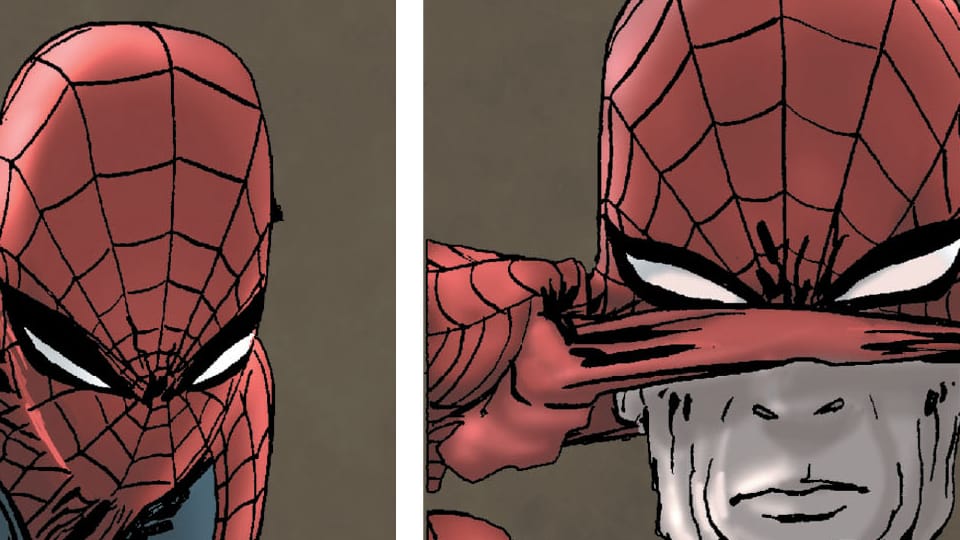
Here is a fact Spider-Man does not naturally grow old like a normal human. However, there have been instances where the character is portrayed as an older version of himself.
One example is the “Spider-Man: Reign” comic series, which takes place in a dystopian future where Peter Parker is an elderly man who comes out of retirement to fight crime one more time as Spider-Man. In this series, it is implied that the character ages normally and his age is a result of the passing of time.
Another example is the “Spider-Verse” storyline which features different versions of Spider-Man from different dimensions, including some older versions of the character. In this case, the character’s age is not a result of the passing of time, but rather the result of different realities and timelines.
Another example is the “Spider-Man: India” series, which features a version of Peter Parker who is an adult and working as a teacher in India. He gains the powers of Spider-Man after being bitten by a genetically-altered spider.
6. Spider-Man was not originally called “The Amazing Spider-Man”
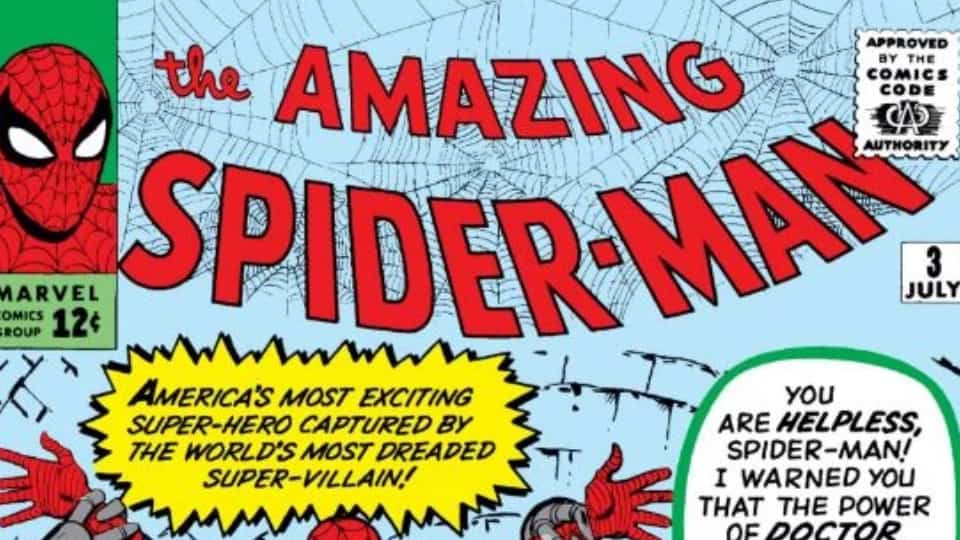
His first appearance was in Amazing Fantasy #15 (1962) and was simply referred to as “Spider-Man” in that first comic. It wasn’t until the next month, in The Amazing Spider-Man #1 that the character was given the moniker “The Amazing Spider-Man” and the series began using that title. The title “The Amazing Spider-Man” was intended to create a sense of excitement and wonder, and to make it clear that this was not an ordinary superhero, but rather one with unique abilities and powers.
7. Spider-Man was originally going to be a high school student named “Hornet”
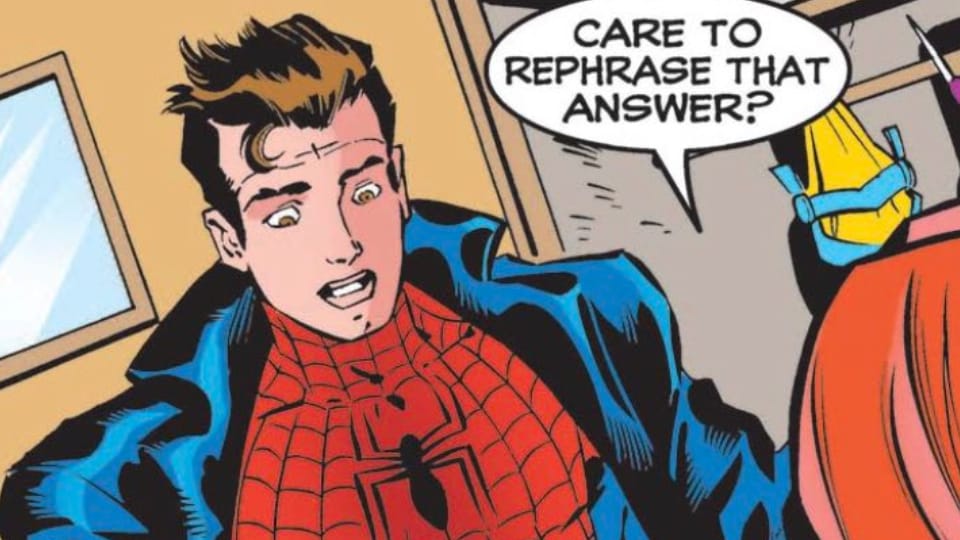
Spider-Man was originally going to be a high school student named “Hornet.” The character’s alter-ego was also going to be a professional wrestler named “Crusher Hogan.” This concept was inspired by the popular comic book character Superman, who had a secret identity as Clark Kent, a mild-mannered reporter.
The idea behind this concept was that Hornet would use his powers to fight crime and injustice in the same way that Clark Kent did as Superman. However, Hornet’s secret identity would be that of a professional wrestler, which would be a unique twist on the classic secret identity trope. The idea was that Hornet would use his powers to win wrestling matches and gain fame and fortune, but would also use them to fight crime and protect the innocent.
However, as the character was developed further, the creators realized that they wanted Spider-Man to be a more relatable character, and they decided to make him a high school student, rather than a professional wrestler. This change in character allowed for more opportunities to explore the struggles and challenges that a high school student would face, such as dealing with school, family, and friends, as well as fighting crime.
Ultimately, the creators decided to change the character’s name from “Hornet” to “Spider-Man,” and the character was given the alter-ego of Peter Parker, a high school student rather than a professional wrestler.
8. Peter Parker’s first love interest was Gwen Stacy
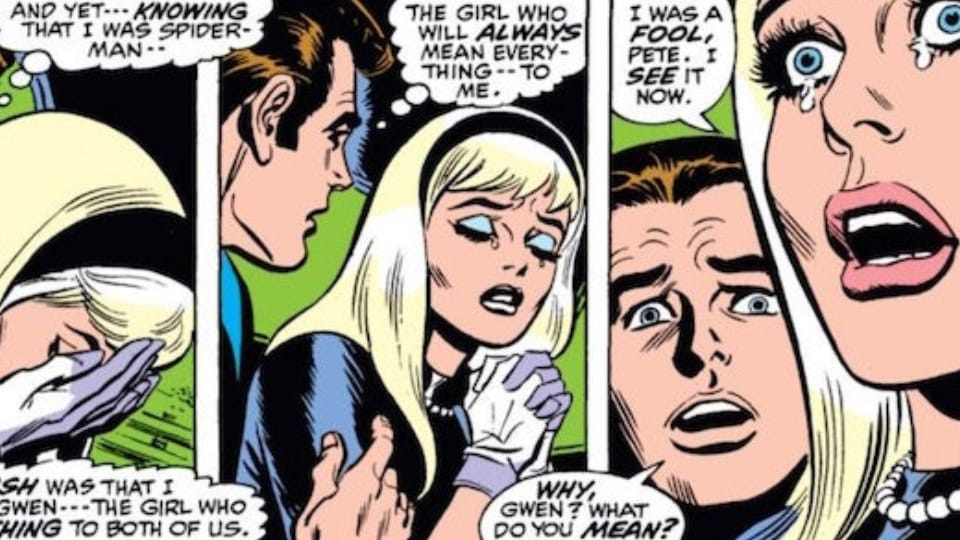
Peter Parker’s first love interest was Gwen Stacy, not Mary Jane Watson. Gwen Stacy was introduced in The Amazing Spider-Man #31. She was a student at Peter’s school, Midtown High, and the daughter of police captain George Stacy. Gwen and Peter quickly developed a close relationship, and Gwen became one of Peter’s closest friends and confidants.
Gwen was a strong-willed and independent character, who was also very intelligent and ambitious. She was a source of inspiration and support for Peter, who often struggled with the responsibilities of being Spider-Man. Gwen and Peter’s relationship was a central storyline and it was depicted as pure, innocent, and platonic love.
Mary Jane Watson was introduced as a supporting character and Peter’s best friend Harry Osborn’s love interest. However, as the comic series progressed, Mary Jane became more prominent, and her relationship with Peter developed into a romantic one.
Gwen’s death in The Amazing Spider-Man #121, was a major event in the comics and had a lasting impact on the character of Peter Parker. The death of Gwen Stacy was the first time in comics history that a superhero’s girlfriend was killed off and it had a profound effect on Peter, and on the comics industry as a whole. It marked a turning point in comics history and set a new standard for comics storytelling.
9. Spider-Man’s web-slinging abilities were originally portrayed as him using mechanical web-shooters
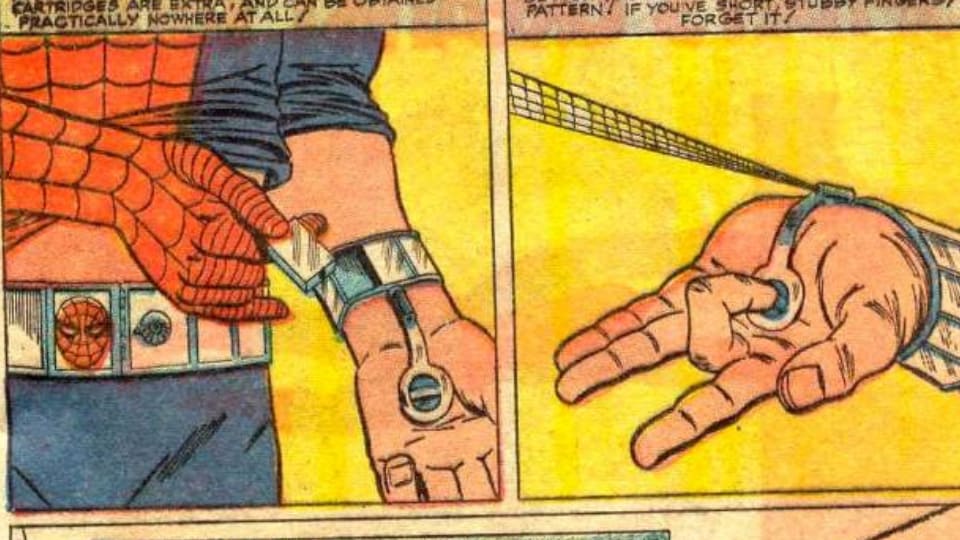
These web shooters were designed and built by Peter Parker himself, and they were worn on his wrists. The web-shooters were powered by a special formula that Peter created, which allowed him to shoot webs out of them.
This concept of mechanical web-shooters was a nod to Peter Parker’s background as a science nerd and inventor. It also added a sense of realism to the comics, as it showed that Peter had to use his intellect and technical abilities to create the web-shooters and the web-slinging formula.
However, later on it was retconned (retroactive continuity) that the ability to shoot webs was a natural ability that came with his powers. This change was made to simplify the character and make him more in line with other superheroes who had powers that were inherent, rather than something they had to create or acquire. This change also made it more consistent with the idea that Peter Parker was bitten by a radioactive spider, which gave him the powers of Spider-Man.
This change was a major one, as it altered the original concept of the character and it was done to streamline the story and make it easier for new readers to understand.
10. Spider-Man’s Uncle Ben was originally going to be his father

In the early stages of creating Spider-Man, the character’s Uncle Ben was originally going to be his father. The idea behind this concept was to create a more traditional and conventional family dynamic for the character. This concept was also a nod to the classic superhero archetype of the orphaned hero, who is raised by a surrogate father figure.
However, as the character was developed further, the creators decided to change Uncle Ben’s role to be Peter’s uncle instead of his father. This change was made to create a more unique and unconventional family dynamic for the character. This change also allowed for more opportunities to explore the relationship between Peter and Uncle Ben, as well as the impact that Uncle Ben’s death had on Peter’s development as a hero.
Additionally, this change allowed for the creation of a more complex and nuanced backstory for the character, as it introduced the concept of Peter’s biological parents, Richard and Mary Parker, who were secret agents, and their death as part of the backstory. This change also allowed for more opportunities to explore the theme of loss and grief, which are recurring themes in Spider-Man comics.
Uncle Ben’s famous quote “With great power comes great responsibility” is one of the most iconic lines in comics and this change in concept allowed for the creation of the famous quote and its impact on Peter’s development as Spider-Man.
11. Spider-Man’s first villain was the Chameleon, not the Green Goblin

Spider-Man’s first villain was indeed the Chameleon, not the Green Goblin. The Chameleon, whose real name is Dmitry Smerdyakov, was introduced in Amazing Spider-Man #1, as the first Marvel villain that Spider-Man faced. Chameleon is a master of disguise who can change his appearance to look like anyone, and he used this ability to commit crimes while in disguise.
The Chameleon was a unique and challenging villain for Spider-Man, as he often disguised himself as someone close to Peter Parker, such as a friend or family member, making it difficult for Spider-Man to distinguish him from the real person. He also posed a threat to Peter’s personal life, as he often used his disguise to infiltrate Peter’s circle and gain information about him.
The Green Goblin, whose real name is Norman Osborn, was introduced in Amazing Spider-Man #14, published in July 1964. He is a wealthy businessman and inventor who becomes insane after using an experimental formula on himself. He uses his wealth and resources to become a supervillain and becomes one of Spider-Man’s most formidable foes.
The Green Goblin is one of Spider-Man’s most iconic and enduring villains and his appearance marked a turning point, as it marked the introduction of a more personal and emotional type of villainy. The Green Goblin’s relationship with Peter Parker as his friend’s father and his eventual reveal as the villain made him a more complex and relatable character and added more depth to the story.
12. The character Venom was not originally created as a villain for Spider-Man, but rather as a new costume for Peter Parker
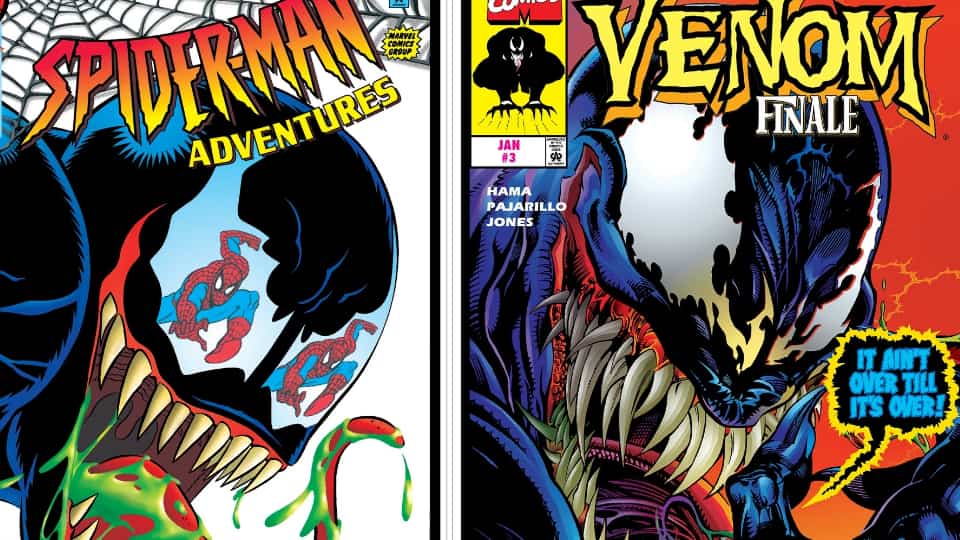
The idea behind Venom was to create a new costume that would be a symbiote, a living alien organism that would bond with Peter’s body and enhance his powers. The symbiote would give Peter new abilities, such as increased strength and the ability to change his costume at will. The costume was also designed to be more sleek and dynamic than Peter’s previous costume.
However, as the story progressed, the symbiote was revealed to have a mind of its own and a desire to bond with a host permanently. The symbiote was rejected by Peter, who was able to separate himself from it. The symbiote then found a new host in Eddie Brock, a journalist who had a grudge against Peter. Together, the symbiote and Eddie became Venom, a villain that held a deep hatred for Peter and Spider-Man and became one of his most dangerous foes.
Venom’s origin and character development was a major turning point in the Spider-Man comics, as it introduced a new type of villain, a symbiote with a will of its own, which created a new set of challenges for Spider-Man to face.
13. Spider-Man may indeed be Jewish

It has been suggested that Spider-Man, may be Jewish. This is hinted at through various references and allusions made in the comics, including Peter Parker’s last name, “Parker,” which is a common Jewish surname. Additionally, the character’s background and upbringing have been depicted as being heavily influenced by Jewish culture and traditions. It is also mentioned that Peter’s Uncle Ben, who raised him, is Jewish. However, it has never been confirmed by Marvel Comics, the company that owns the rights to Spider-Man.
14. Spider-Man is widely considered to be the first teenage superhero

Prior to Spider-Man, most superheroes were adults who had fully developed abilities and were often depicted as established crimefighters.
When Spider-Man was created in 1962, it was unique as it portrayed a teenage character who had to balance his everyday life with his responsibilities as a superhero. Peter Parker was relatable to many young readers, as they could identify with his struggles and challenges.
Spider-Man’s success as a teenage superhero also helped to pave the way for other teenage superheroes such as Robin, Kid Flash, and many others. It showed that teenage characters could also be relatable and compelling heroes in their own right.
15. Spider-Man joined the Fantastic Four when the human torch died
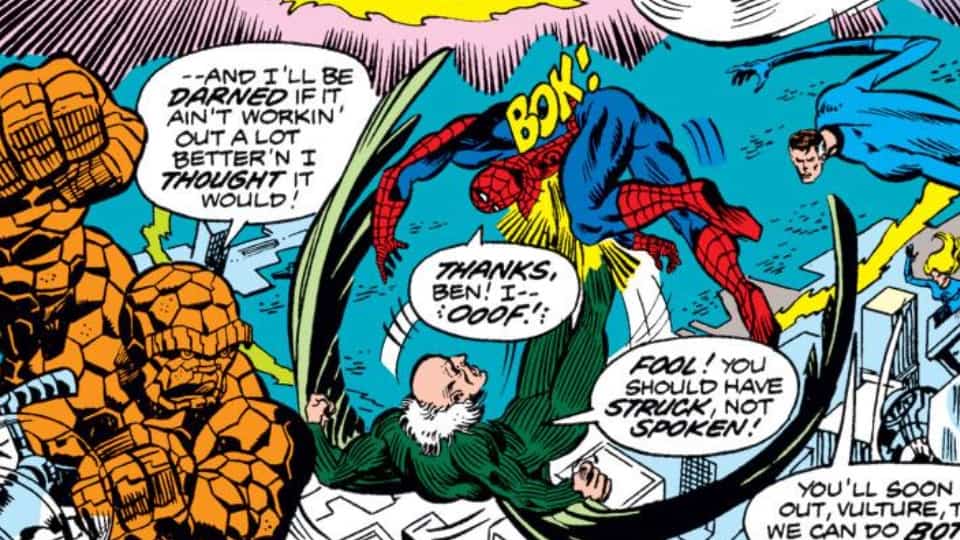
Spider-Man has never joined the Fantastic Four as a full-time member, even when the Human Torch died. While Spider-Man has had a few team-ups with the Fantastic Four, he has never been an official member of the team. In some comics, Spider-Man joins the team temporarily when one of the members is absent or incapacitated, such as when the Thing left the team to deal with personal issues. But, in most cases, he joins the team as an ally, not as a full-time member.
